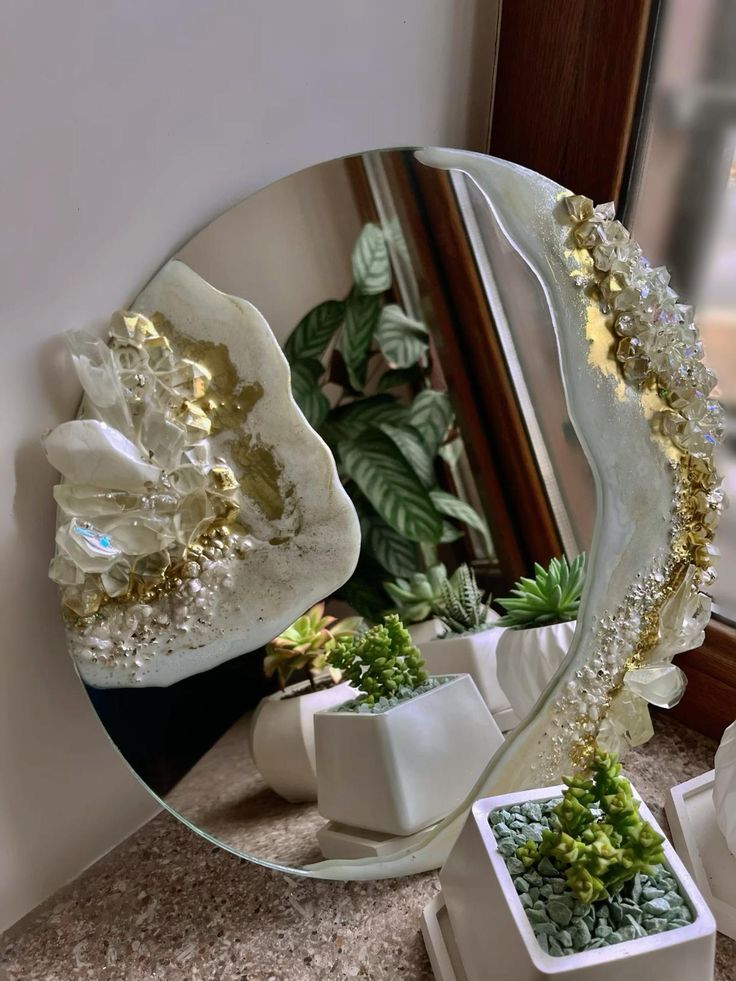French art consists of the visual and plastic arts (including French architecture, woodwork, textiles, and ceramics) originating from the geographical area of France. Modern France was the main centre for the European art of the Upper Paleolithic,[citation needed] then left many megalithic monuments, and in the Iron Age many of the most impressive finds of early Celtic art. The Gallo-Roman period left a distinctive provincial style of sculpture, and the region around the modern Franco-German border led the empire in the mass production of finely decorated Ancient Roman pottery, which was exported to Italy and elsewhere on a large scale. With Merovingian art the story of French styles as a distinct and influential element in the wider development of the art of Christian Europe begins.
Romanesque and Gothic architecture flourished in medieval France with Gothic architecture originating from the Île-de-France and Picardy regions of northern France.[1][2] During the Renaissance led to Italy becoming the main source of stylistic developments until France matched Italy’s influence during the Rococo and Neoclassicism periods[citation needed] During the 19th century and up to mid-20 century France and especially Paris was considered the center of the art world with art styles such as Impressionism, Post-Impressionism, Cubism, Fauvism originating there as well as movements and congregations of foreign artists such as the École de Paris.[3][4][5][6][7][8]
Historic overview[edit]
Prehistory[edit]

Currently, the earliest known European art is from the Upper Palaeolithic period of between 40,000 and 10,000 years ago and France has a large selection of extant pre-historic art from the Châtelperronian, Aurignacian, Solutrean, Gravettian, and Magdalenian cultures. This art includes cave paintings, such as the famous paintings at Pech Merle in the Lot in Languedoc which date back to 16,000 BC, Lascaux, located near the village of Montignac, in the Dordogne, dating back to between 13,000 and 15,000 BC, or perhaps, as far back as 25,000 BC, the Cosquer Cave, the Chauvet Cave dating back to 29,000 BC, and the Trois-Frères cave; and portable art, such as animal carvings and great goddess statuettes called Venus figurines, such as the “Venus of Brassempouy” of 21,000 BC, discovered in the Landes, now in the museum at the Château de Saint-Germain-en-Laye or the Venus of Lespugue at the Musée de l’Homme. Ornamental beads, bone pins, carvings, as well as flint and stone arrowheads also are among the prehistoric objects from the area of France.
Speculations exist that only Homo sapiens are capable of artistic expression, however, a recent find, the Mask of la Roche-Cotard—a Mousterian or Neanderthal artifact, found in 2002 in a cave near the banks of the Loire River, dating back to about 33,000 B.C.—now suggests that Neanderthal humans may have developed a sophisticated and complex artistic tradition.

In the Neolithic period (see Neolithic Europe), megalithic (large stone) monuments, such as the dolmens and menhirs at Carnac, Saint-Sulpice-de-Faleyrens and elsewhere in France begin to appear; this appearance is thought to start in the fifth millennium BC, although some authors speculate about Mesolithic roots. In France there are some 5,000 megalithics monuments, mainly in Brittany, where there is the largest concentration of these monuments. In this area there is wide variety of these monuments that have been well preserved, like menhirs, dolmen, cromlechs and cairns. The Cairn of Gavrinis in southern Brittany is an outstanding example of megalithic art : its 14 meters inner corridor is nearly completely adorned with ornamental carvings. The great broken menhir of Er-Grah, now in four pieces was more than 20 meters high originally, making it the largest menhir ever erected. France has also numerous painted stones, polished stone axes, and inscribed menhirs from this period. The Grand-Pressigny area was known for its precious silex blades and they were extensively exported during the Neolithic.
In France from the Neolithic to the Bronze Age, one finds a variety of archaeological cultures, including the Rössen culture of c. 4500–4000 BC, Beaker culture of c. 2800–1900 BC, Tumulus culture of c. 1600–1200 BC, Urnfield culture of c. 1300–800 BC, and, in a transition to the Iron Age, Hallstatt culture of c. 1200–500 BC.
For more on Prehistoric sites in Western France, see Prehistory of Brittany.













 learn about over-art
learn about over-art